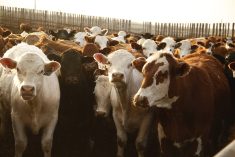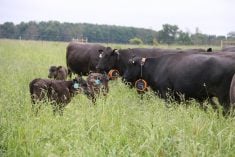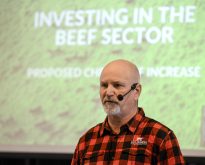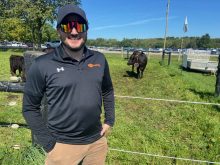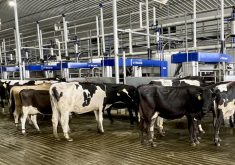Staff at the Ontario Soil and Crop Improvement Association (OSCIA) have good-naturedly described the research plot on Mike Groot’s Crediton-area farm as “crazy strips.”
Groot is hoping the soil quality data it gathers will eventually show that including pasture in a cash crop rotation isn’t crazy at all.
He has an ally in Christine O’Reilly, a forage and pasture specialist with the Ontario Ministry of Agriculture, Food and Rural Affairs (OMAFRA). She was among presenters at a recent event at the Groot family’s Wholesome Pastures farm as part of the federal-provincial Living Labs soil health research initiative.
Read Also
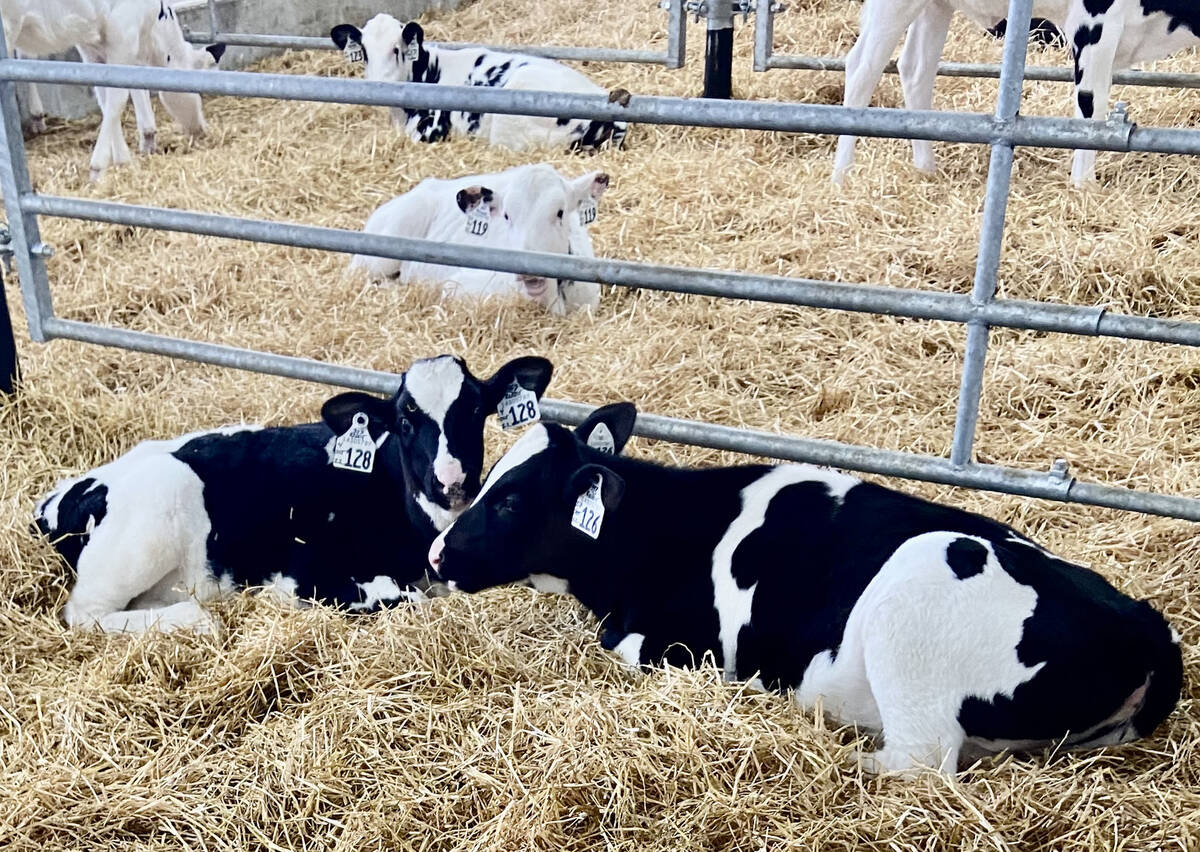
Back to the drawing board for sexed semen fertility ratings
Lactanet, the national genetic evaluation and dairy data provider, goes back to the drawing board with its sexed semen fertility rating index prototype.
Why it matters: Building fertility through measures other than synthetic fertilizers can help Canada’s farm sector meet the government’s climate change objectives.
“Usually, if we’ve got something in rotation with corn, beans and wheat, it’s alfalfa,” O’Reilly said of the dominant southwestern Ontario farm landscape. She noted the term “ley” – with a dictionary definition of “arable land used temporarily for hay or grazing” – was commonly used in the past in North America and has never lost favour in Europe. That’s because fertility and yields on the cropland have typically been high after a time in pasture.
[RELATED] Pasture knowledge refined to reflect Ontario’s climate
When signing on to be part of Living Labs in 2020, Groot planned to include a year of grazed annual cover crops as part of his test plot rotation. To quantify results, he decided it would be too challenging to consistently get the cover crop established after wheat, graze it in fall and then terminate it for another crop in the spring.
Instead, he established a series of three-year stands of rotationally grazed perennial pasture species within a much wider plot including corn, soybeans and wheat. In all, it includes 24 80-foot plots of approximately one acre each, an approach dubbed “crazy strips” by fellow cover-crop-friendly OSCIA member and Living Labs participant Woody Van Arkel.
“I know some of those annual crops have big biomass too, but I think having those long-term perennials building root masses is even better,” Groot said of his decision to alter the approach.
On his farm, O’Reilly and a team from OMAFRA and the University of Guelph are studying the use of rising plate meters to develop an Ontario-focussed approach to measuring pasture yield. On the federal side, Dr. Lori Phillips of Agriculture and Agri-Food Canada is leading a team analyzing soil microbes under various treatments within the Wholesome Pastures plot.
It’s nothing new for the Groots to be part of innovative farm practices. They direct-market beef, lamb, chicken, duck, eggs and honey in their raw form and through value-added products like soaps, lotions and leather. Sixty-inch corn rows have served as free-range chicken habitat.
For the Living Labs research, no manure from the barn will be spread on the strips. There are enough other fields on the 160-acre home farm plus some surrounding properties that need fertility.
As well, a control strip will not be grazed, allowing for analysis of microbial activity as a result of both ley and livestock being present as opposed to simply including ley in the rotation.
A group of 10 heifers are being rotationally grazed through the pasture strips. Fencing added to the labour of setting up the trials, but electric fence had already been installed around the perimeter of the home farm as well as 25 acres on a neighbouring farm.
Citing climate action-themed funding opportunities that cover up to 60 per cent of costs, Groot is hoping to fence another 80 acres this year.





